Mechanisms of Translation
Architectural Capstone Studio
Advised by Darell Fields
Spring 2019
Read “Fuller’s Spine” in Log 57.
Page through the project pamphlet on Issuu.
View the project in Visual Communication for Architects and Designers by Margaret Fletcher.
Watch the Lumière brothers’ film of the Serpentine dance on YouTube.
The project is a set of five wood shadow boxes that each resembles a stage. Each shadow box expresses one phrase of American burlesque performer Loïe Fuller’s canonical Serpentine Dance in cut-paper spreads. When viewed and operated in succession, they constitute a restaging of the performance.
Like choreography that unfolds in time and space, this project reveals a sequence of animated paper movements. Each box contains a cut-paper spread which traces two consecutive film stills. When the two stills are creased along their vertical midpoint and joined to form a spread, a page is formed. This page is operable along its hinged “spine.” To operate the hinge, you drag a knob, vertically connected to the edge of the page, along the semi-circular track routed onto the top of the shadow box. This action, much like turning the page of a book, reanimates the temporal and ephemeral qualities of the performance depicted in 2D photos or posters. When turned, the perimeter of the hinged page lofts between the fixed outer corners of the spread. The semicircular volume inscribed by this swinging action literally and figuratively describes the time and space between the two consecutive film stills. To borrow a term from animation, the manual transition between the two consecutive film stills could be considered an analog version of “tweening,” the process of creating intermediate frames to smooth transitions between keyframes.
“Because [Fuller] has been repeatedly written out of the history of modern dance as an expressive discourse, it would be easy to fall into oppositional distinctions between the visual and the kinesthetic, between the practice of dancing and the visual images that evolve from that practice. But nuanced exploration of her work demonstrates how these two experiences are always already interconnected in her moving body.” - Ann Cooper Albright, Traces of Light
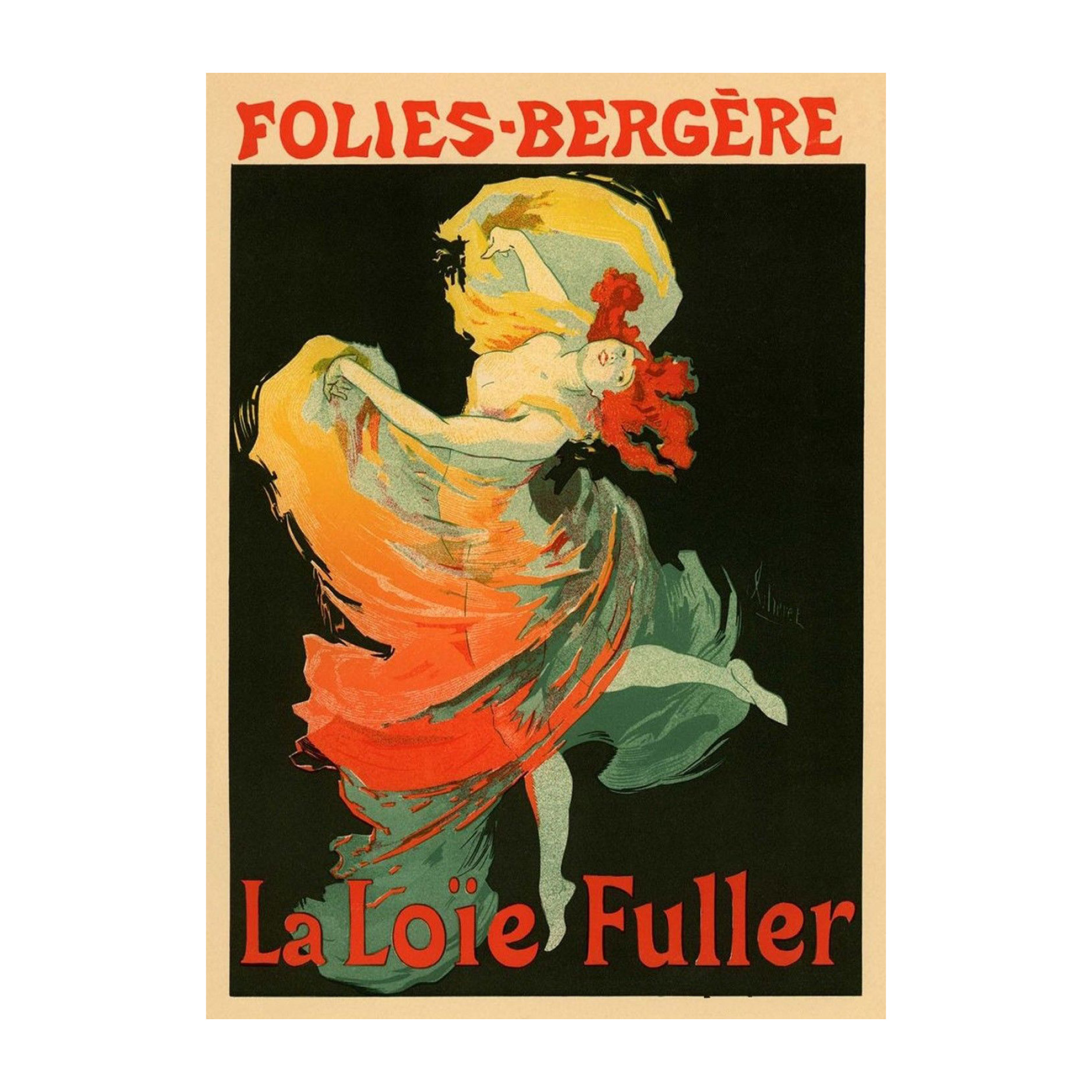

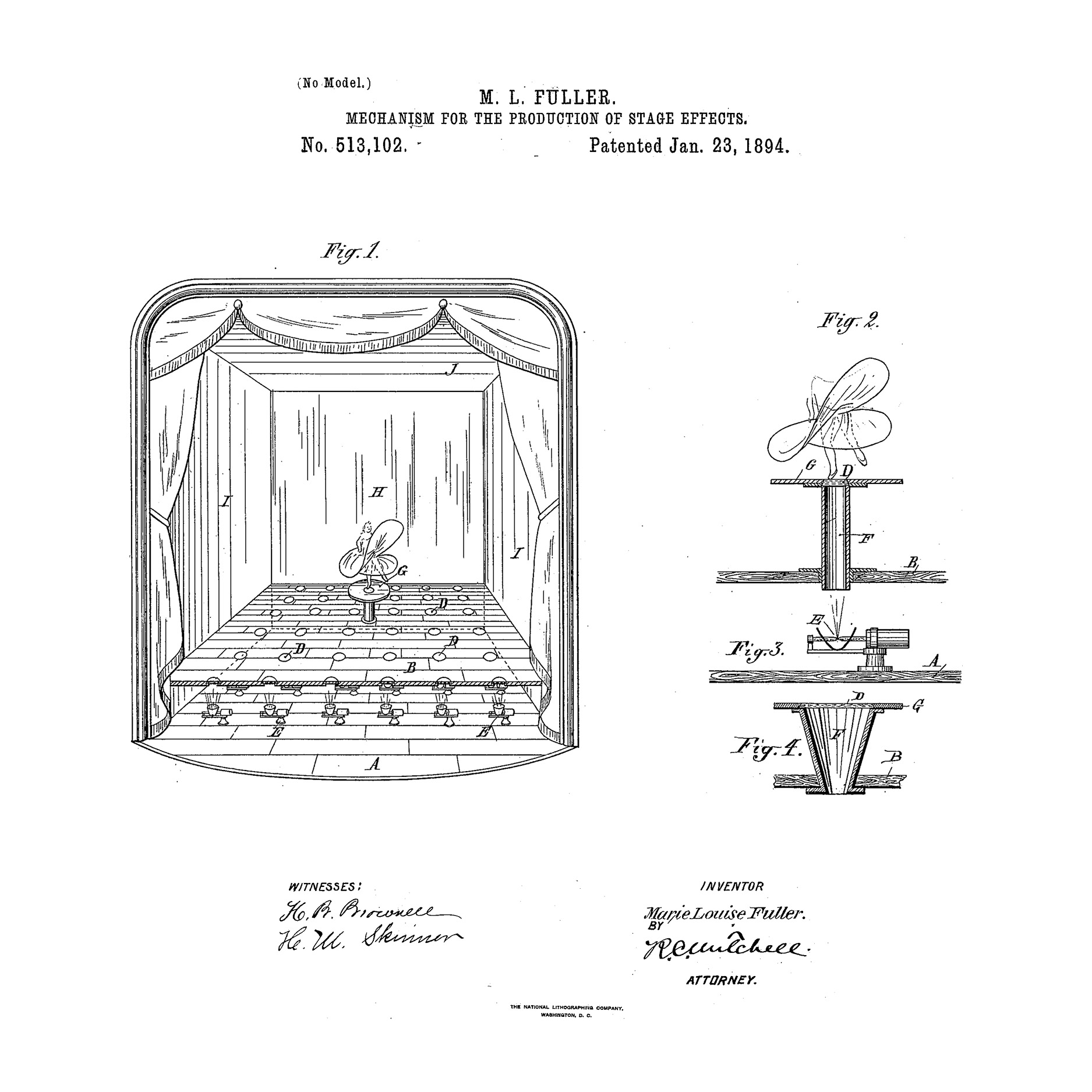
relevant historical fragments:
fig. 01 - poster by Jules Chèret, 1893
fig. 02 - film stills by the Lumière brothers , 1897
fig. 03 - stage effects patent filed by Loie Fuller, 1894
I would be remiss not to acknowledge all the people who supported me throughout the development of this project. All my gratitude to the staff of the UC Berkeley CED Fabrication Shop, including Semar, Paul, Cordelia, Jodie, and Tonia. The production of the shadow boxes would not have been possible without their patience and invaluable fabrication expertise.

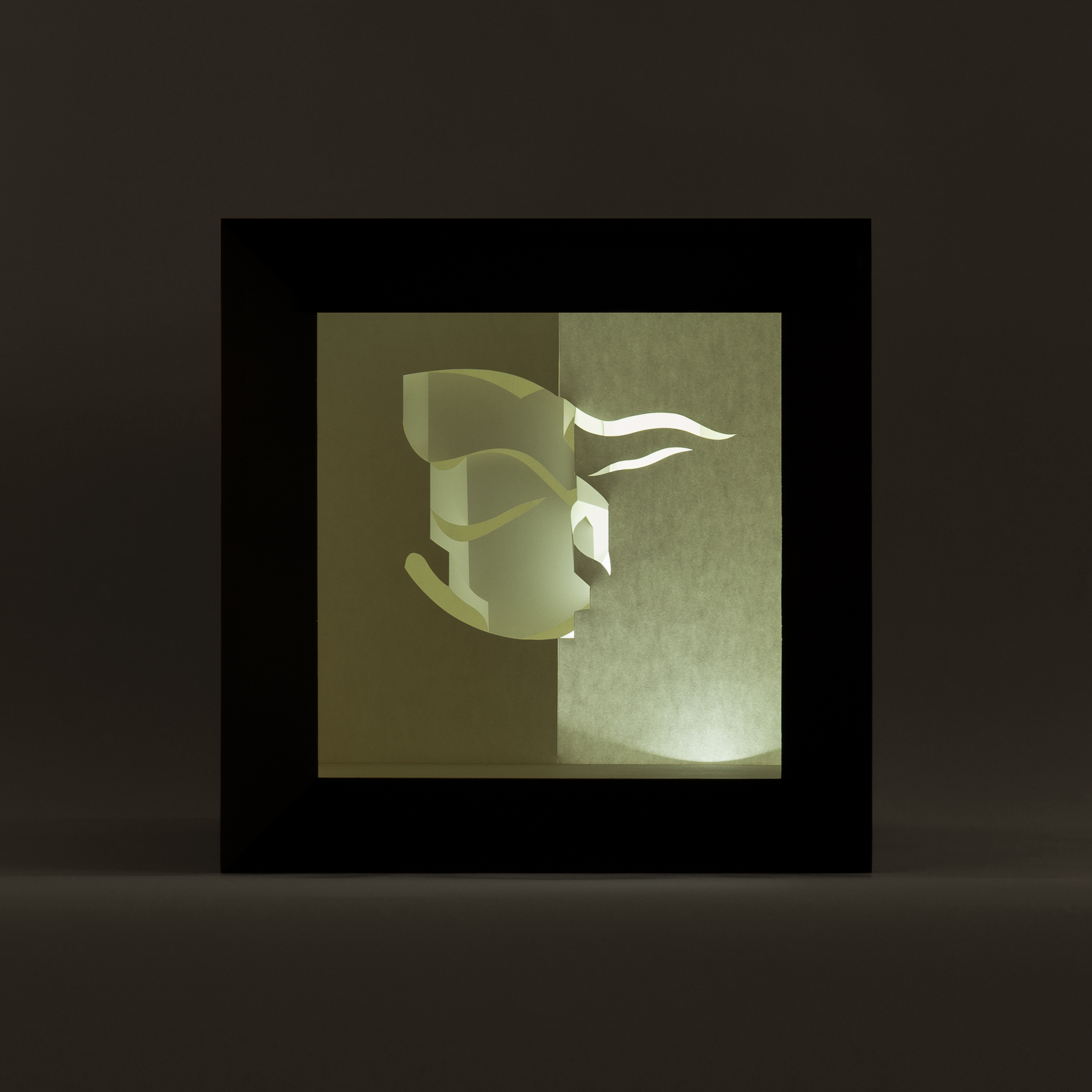
box 01: day and night lighting photographs
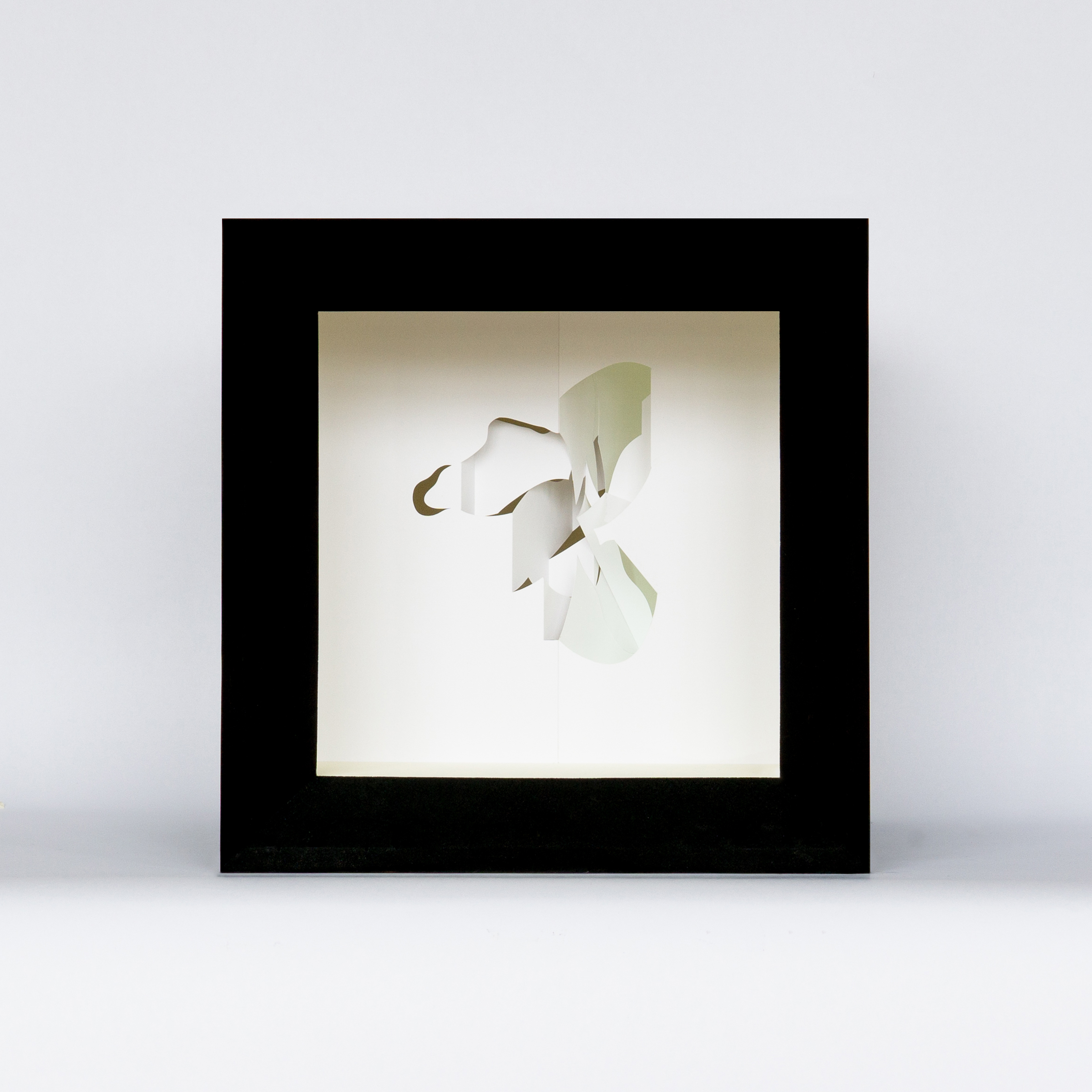

box 02: day and night lighting photographs


box 03: day and night lighting photographs


box 04: day and night lighting photographs


box 05: day and night lighting photographs

isometric diagram of final box construction and assembly


box 01: gif of operability and page construction diagram


box 02: gif of operability and page construction diagram
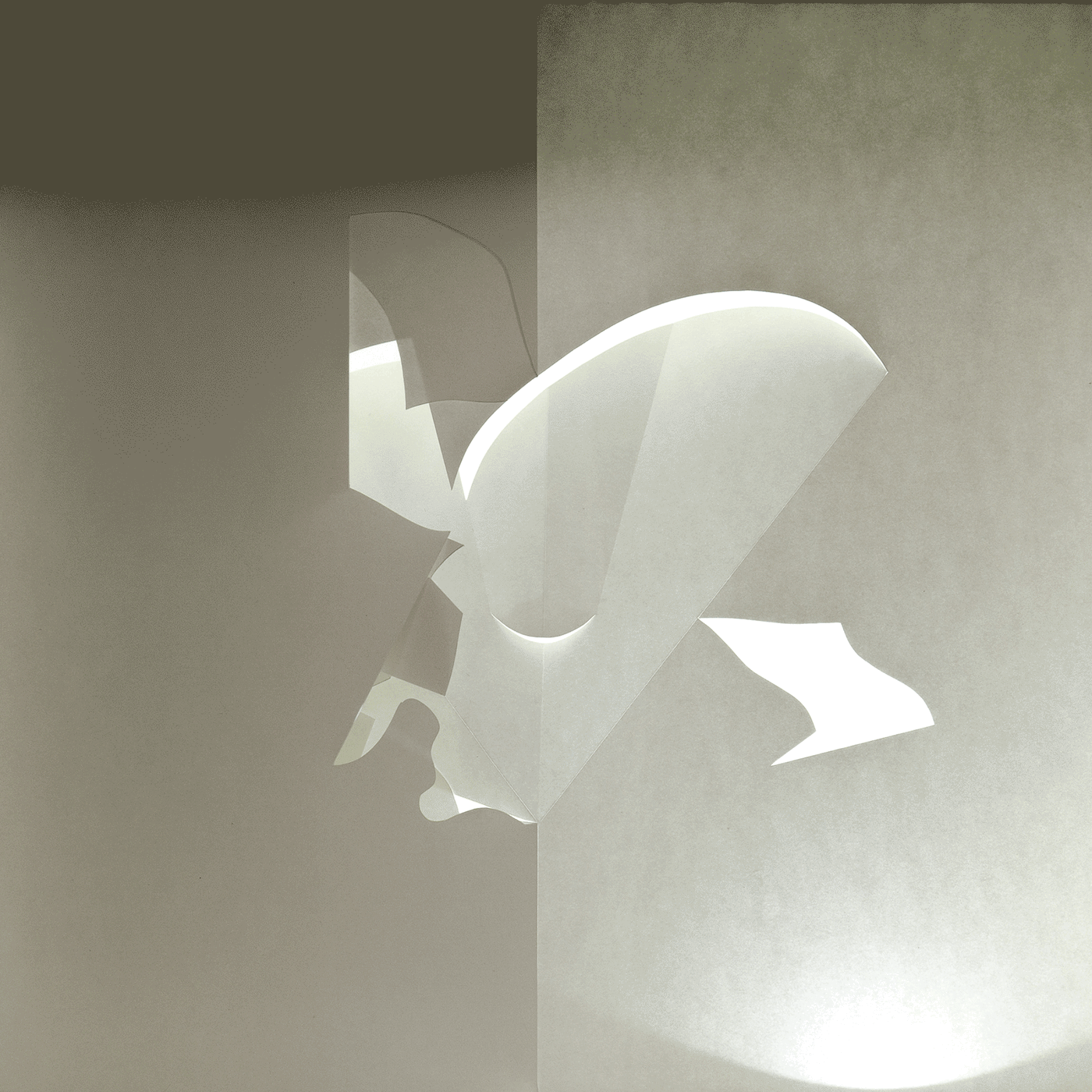

box 03: gif of operability and page construction diagram


box 04: gif of operability and page construction diagram


box 05: gif of operability and page construction diagram

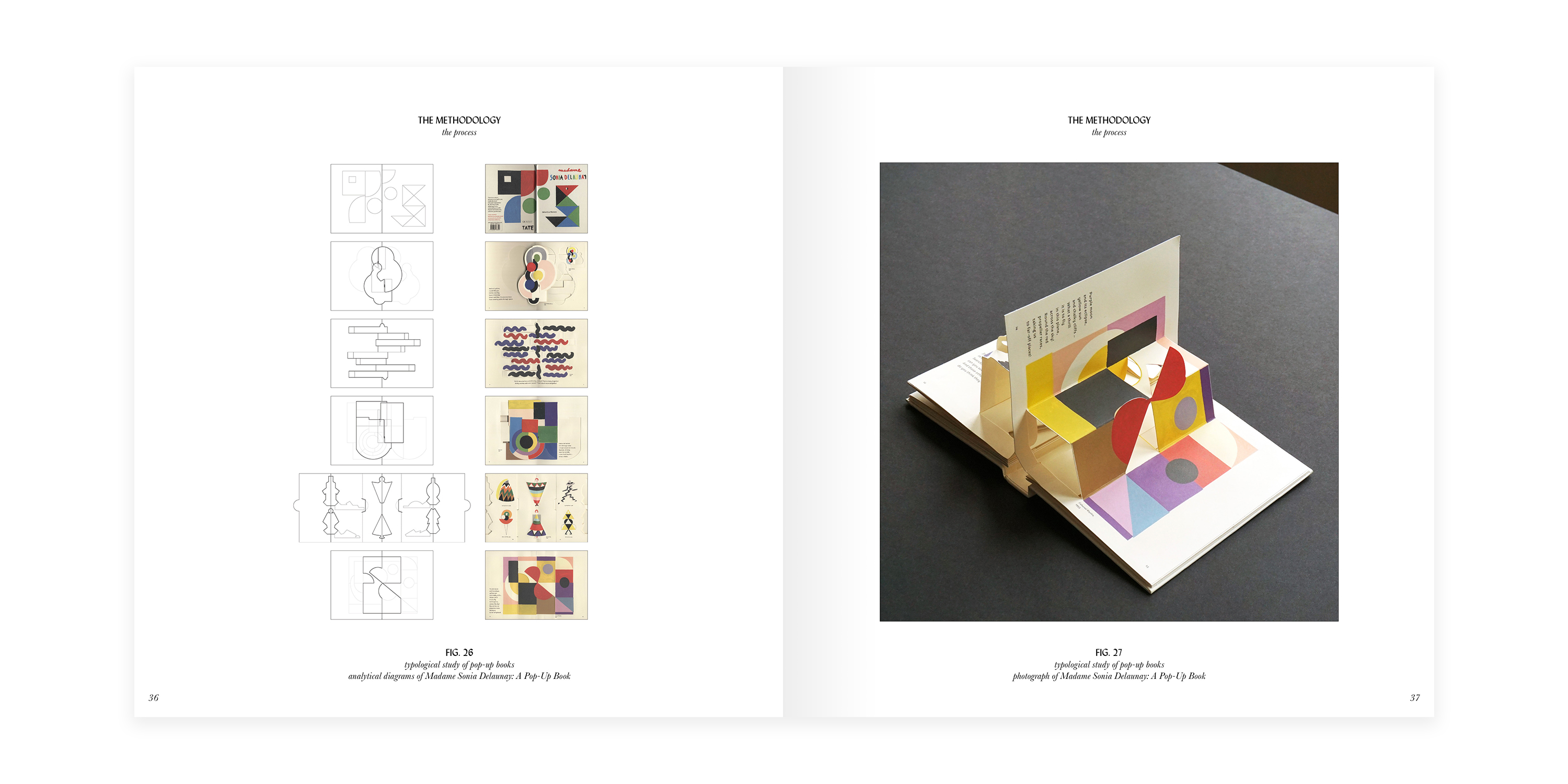

project pamphlet cover and spreads, viewable online in full